When you think of an in-home elevator, what images come to mind? Perhaps you envision a luxurious, multi-story mansion with an elevator that elegantly transports people to the upper floors. Or, you might think of a home that has an elevator purely for functional reasons. It allows wheelchair users and people with limited mobility to retain their independence and easily move about their houses.
While necessity and luxury are two primary reasons to add an elevator to your home, they are not the only benefits of doing so. Adding an elevator can also make your home safer and more functional. It might even improve the property value of your home. Let’s take a closer look at some of the benefits of installing an elevator in your house.
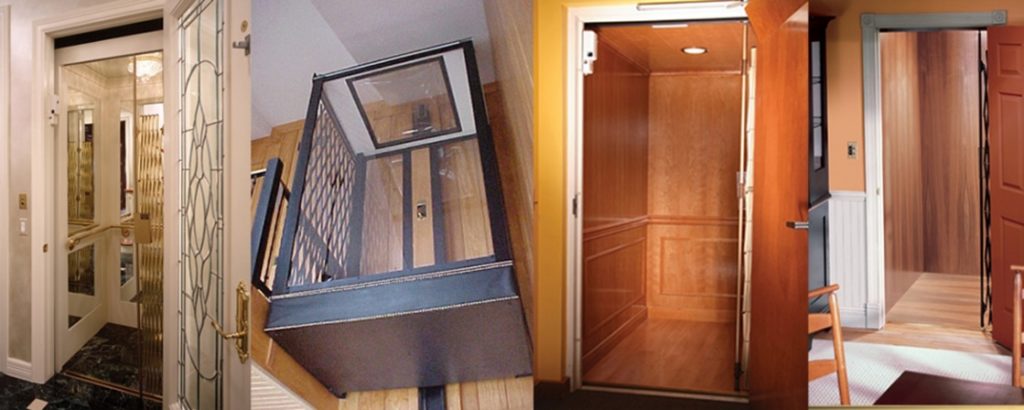
1. Adding an Elevator to Your Home May Increase Your Property Value
Someday, you may want to sell your home. When that time comes, one of your hopes might be to get more from the sale of the house than you paid for it originally. Your home’s property value is likely to increase over time as a result of inflation and changes in the real estate market. You can also make changes to your property to make it more attractive to potential buyers and to increase the selling price.
Does Installing an Elevator Add Value to a Home?
Yes, installing a home elevator can increase the value of your property by up to 10% or more. An elevator can also be a major selling point, making your home more appealing to buyers looking for convenience and accessibility.
One way to get a sense of how much value an elevator or home lift will add to your home is to hire an appraiser. An appraiser evaluates properties to determine how much they are worth. During an appraisal, they’ll examine the condition of your home inside and outside. They will look at any special features your property has, such as a pool or elevator. They will also note any code violations or safety concerns. Along with evaluating your home, the appraiser will also examine the sales prices of similar homes in the area.
In addition to letting you know the current market value of your home, an appraiser can also do a feasibility study and give you an idea of how much your home’s value might increase were you to make additions or improvements to it, such as adding an elevator. You can then compare the value boost to the cost of installing the elevator to see if it will pay off in the end.
2. Home Elevators Simplify Living
A residential elevator simplifies the task of moving between floors in your house, whether it’s people who need to get from point A to B or objects. Your elevator can carry bags of heavy groceries, bulky storage boxes and oddly shaped equipment from one floor to the next. If you dread dragging a vacuum cleaner up and down the stairs or if the holiday season means bringing boxes of decorations from the attic to the living area, an elevator can come in handy.
3. Home Elevators Enhance Safety
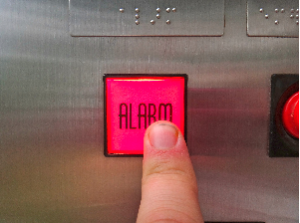
Some people struggle on the stairs. They might have limited mobility due to a medical condition or an injury, or they might be concerned about tripping and falling. Installing an elevator provides a safe way for you and your family members to get from one floor to the next.
Along with making it easier and safer to get around your house, elevators themselves have many safety features. Inclinator’s residential elevators are installed with code-compliant safety gates. Our elevators also include emergency battery-powered cab lowering and lighting and full-time cab monitoring. To enhance the safety of your home elevator, you can choose a model with light curtains and door safety guards.
4. Home Elevators Are Convenient and Space-Saving
A home elevator has a smaller footprint than a standard stairwell, which allows you to make the most of the space in your home. An elevator can be installed on the exterior of a house to be flush with the wall, or built in such a way as to effectively open up space that was previously unavailable or unused. Investing in an elevator at home can give you more usable space, which can also increase the home’s resale value.
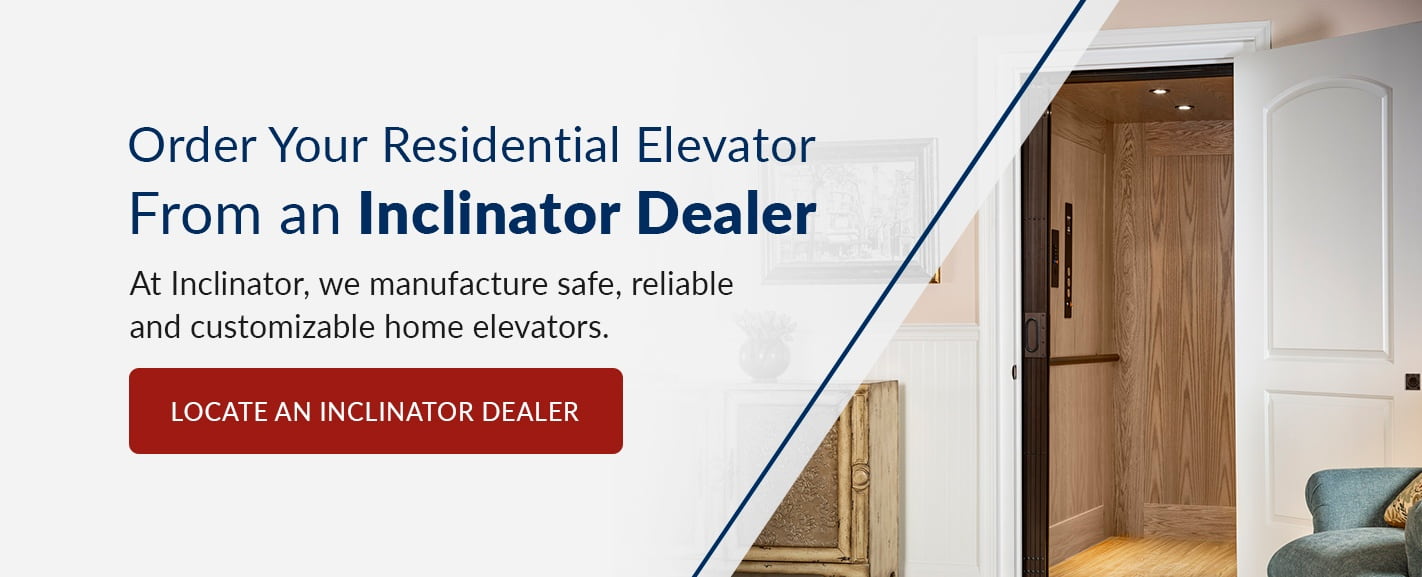
5. Home Elevators Make a Style Statement

Whether you want an elevator that’s modern and sleek or one that’s warm and inviting, you can have it. Inclinator offers six different cab styles, ranging from a simple style that can be painted the color of your choice to cabs that have elegant, solid-wood paneling. For homeowners who prefer a sleek, contemporary look, we also offer a cab style with an aluminum frame. Our elevators are fully customizable. You can choose everything from the finishes on the walls, floors and ceilings to the design of the handrails and lighting. You can also choose a custom size for your elevator, usually up to 15 square feet.
6. Home Elevators Let You Age in Place
Your family home is likely full of memories. Understandably, you’d want to live in it for as long as possible. As you get older, though, you might develop mobility issues or find that it is no longer so easy to get up the stairs. Installing a home elevator can help you age in place, permitting you to stay in your house for as long as possible.
Often, the in-home elevator installation is made along with several other improvements that increase the accessibility of your home. Some of those improvements might include installing ramps in place of short flights of stairs or replacing step-in bathtubs with walk-in showers.
If you find that you would like to downsize your home, but wish to retain your independence, it can be worth considering moving into a smaller house that has an elevator already installed.
How Do You Choose a Residential Elevator?
Finding the perfect home elevator requires you to make many decisions, including the right manufacturer and vendor, the right drive system and the right style for every component.
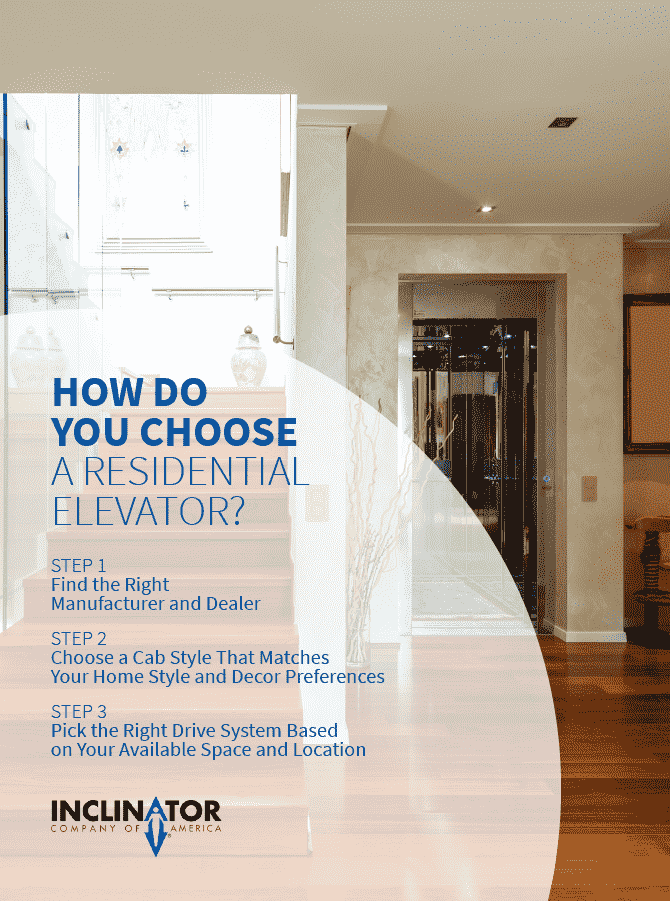
Step 1: Find the Right Manufacturer and Dealer
Connecting with a manufacturer and vendor early in your process sets you up for a successful project from the start. Partnering with a reliable vendor means you can rely on them to guide you through customization options and give you a pretty accurate cost estimate. Knowing your budget and what options will work with your budget is another way a professional, reputable vendor can serve as your buyer guide for a home elevator.
When shopping for a reliable residential elevator brand and dealer to perform your in-home elevator installation, choose one that is:
- Reputable: Read customer reviews of home elevator manufacturers in your area, read contractor listings and ask previous customers for references. The more positive testimonials you receive from past customers, the more confident you’ll feel about your choice. Pick a reputable manufacturer that has a history in the industry.
- Experienced: Again, confirm they’ve been in business for many years. Home elevator manufacturing and installation requires that many local and national safety codes are met — which means experience is critical. One good indication that a business is experienced is that it belongs to professional organizations such as the Association of Members of the Accessibility Industry (AEMA) and the National Association of Home Builders (NAHB). The NAHB provides a designation known as Certified Aging-In-Place Specialist (CAPS), which means that the representative from the domestic elevator company is well-versed in the modifications required for homeowners who want to age in place.
- Customizable: When looking for a home elevator, regardless of whether it’s for a new house under construction or an existing home, you’re searching for a special new addition to your home. You’ll want your elevator to blend seamlessly with the house around it, so you’ll want every detail to be right — including the flooring, cab material, lighting and gate. The more customization options available to you for each elevator component, the more likely you can design an elevator that matches your house perfectly.
One important feature to look for is the maintenance or repair service plans offered by the company or vendor, and what those plans cover. While a total break is unlikely, knowing you can get reliable, trustworthy and quick service should you have an emergency repair need is a valuable offering. If you install a home elevator and come to depend on it for mobility and access between the floors of your home, having it out of commission becomes more than a minor inconvenience. Preventing more substantial repairs can best be done by regular tune-ups and maintenance. Catching potential problems early often leads to reduced repair costs because you are focusing on proactive maintenance instead of reactive repairs. Even before you get to a repair stage, knowing you’ve selected a professional who can install the elevator safely and properly — in the right location in your home and with features and sizing appropriate for your space — helps ensure efficient and safe functionality for many years of use.
Look up your manufacturer in the Better Business Bureau (BBB). The BBB is considered to be an unbiased source of information on the reliability of local businesses and has information on over three million organizations in North America. The BBB’s job is not to assess the quality of a business’s services or products or recommend one company over another. Instead, its role is to make information about businesses available to consumers. By looking up your manufacturer and dealer in the BBB, you can find out whether or not they respond promptly and satisfactorily to the complaints of their customers, whether they’ve ignored or mistreated them, and whether they’ve received BBB accreditation.
The installation of a home elevator is a process that professionals should perform — it requires the coordination of multi-disciplinary tradespeople and proficiency in various code requirements. By hiring a licensed, experienced elevator technician, you can be sure that your home elevator installation will meet all local and national codes, which is necessary for your safety.
Step 2: Choose a Cab Style That Matches Your Home Style and Decor Preferences
The next step you want to take when building your elevator is picking the perfect cab style.
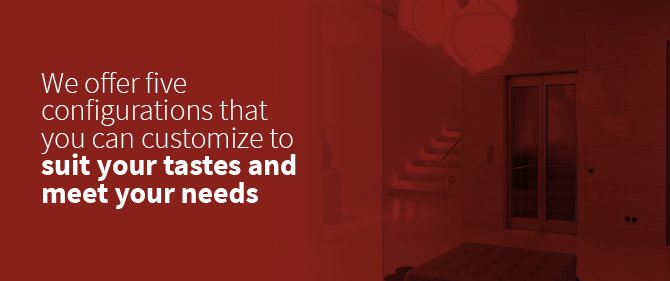
At Inclinator, we offer five configurations that you can customize to suit your tastes and meet your needs:
- 100 Cab: The 100 Cab style features walls that you can paint any color you wish to match the decor of your home. It also comes with a white ceiling and high-quality laminate flooring with a beautiful wood finish.
- 200 Cab: Featuring hardwood walls, which add texture and warmth to the elevator, the 200 Cab style is available in both light and dark styles.
- 300 Cab: Available in dark or light wood and with decorative molding — including a chair rail, picture frame, baseboard and crown — the 300 Cab offers an elegant appearance. Various wood grains are also available, making it easy to match the decor of your home.
- 400 Cab: The luxurious 400 Cab features solid rich wood with decorative molding, trim and panels. 2-panel and 4-panel designs are also available, as well as a vast array of custom accessories and finishes.
- 500 Cab: The modern 500 Cab stands out for its clean lines, maximum visibility and elegant appearance. Its aluminum frame comes in white, black and silver.
All Inclinator Cabs are compatible with our offered drive systems.
Give Us a Call
Step 3: Pick the Right Drive System Based on Your Available Space and Location
Although you often don’t see it, your drive system powers your elevator and is one of its most essential components.
Drive systems usually fall into one of the following categories: hydraulic or cable. The drive system you choose depends on what you need and how your home is laid out. Make sure to speak with your dealer, builder, or architect to figure out which system is most suitable for your home.
Hydraulic Elevators
A hydraulic elevator pumps hydraulic fluid through a valve into the hydraulic arm’s cylinder. Then, the fluid’s pressure causes a piston to rise, pushing the elevator up with it. Rides are smooth and quiet.
Hydraulic elevators need space for a reservoir and hydraulic pump and need to be serviced and maintained more frequently — maintenance usually involves making sure the hydraulic fluid level is appropriate, the electric pump stays in good condition and the valves allow for proper flow of the hydraulic fluid.
Cable Elevators
Cable-driven elevators use a motor and drum unit, which is found at the top of the shaft, and two cables, which are connected to the drums to transport the cab. The purpose of the drums is to wind up the cable to pull up the cab and spool the cable out to let it down. The motor turning the drums is controlled by a variable-frequency drive, which can control the speed of the elevator smoothly.
Cable elevators have dimensions that are similar to those of a hydraulic elevator, but they don’t have a large space for a machine room.
Here are some of the specifications for the drive systems we offer at Inclinator:
- Elevette® Cable Drum: The Elevette Cable Drum uses a space-saving monorail-guiding system and is the most compact drive system we offer. It’s also quieter than any other cable drum elevator available today and can serve up to six landings.
- Elevette® Hydraulic: This hydraulic drive system features our patented HydraRide system and provides a quiet, smooth ride. It uses considerably less fluid than other brands of hydraulic elevators.
- Elevette® MRL Overhead Cable Drum: This cable drum drive system was designed for a smooth, quiet ride and runs on two guide rails that are custom-formed, enhancing the elevator’s stability. This drive is highly suitable for split-level homes, as it features the lowest minimum distance required between floors. As well the MRL does not require a machine room.
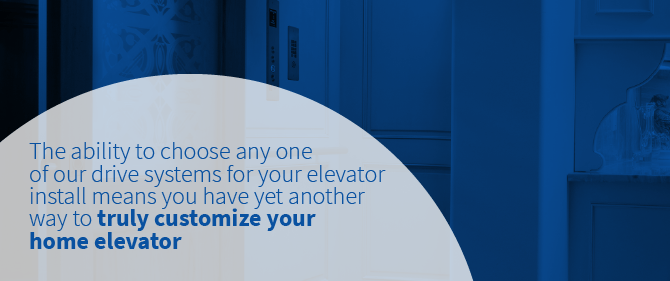
The ability to choose any one of our drive systems for your elevator install means you have yet another way to truly customize your home elevator and pick a system that works best with your home configuration, budget and preferences.
Step 4: Select a Gate and Door Configuration
To customize your home elevator, one of the simplest decisions you need to make is picking a safety gate, which comes in many colors and materials. You also need to choose the number of openings in your elevator so you can accommodate the traffic patterns in your house.
At Inclinator, our residential elevators are designed to accommodate one or two openings and are available in a maximum of 18 configurations. We build our elevators to adhere to the strictest safety standards, and our fold gates are no exception. Our home elevators won’t even operate if the gate isn’t completely closed and free of obstructions.
Our gates have been styled to complement the style of your cab and your home. For this reason, we offer a wide variety of accordion and collapsible gate styles. Our accordion-fold gates even come with automatic gate operators to make them safer and easier to use.
Step 5: Finalize Your Home Elevator Customizations

Inclinator is proud to offer the most customizable elevators of any brand on the market. We provide options for every single aspect of your cab, so it’ll be easy to get creative with your design.
Below are examples of the options we offer for each component of your cab:
- Walls: Your elevator walls can be customized with practically any wood finish that you can imagine. These include everything from the popular hardwoods to the most exotic varieties. Although most of our cabs are finished in our factory, you can choose to have them delivered unfinished so that you can finish it on-site.
- Floors: Our elevators all include high-quality laminate floors with wood grain simulation. You can also choose to have the flooring unfinished so that you can finish it yourself.
- Ceilings: The 100 Cab comes with a white standard laminate ceiling, and for our 200, 300 and 400 cabs, you can choose between a white or wood ceiling, allowing you to match the wood on the elevator walls.
- Handrails: For the handrails, you can choose between round metal or decorative wood. Many different finishes are also available.
- Lights: By default, your elevator will be lit up with two lights, although you can add more if necessary.
- Operation Panels: For your hall station and cab operating panel, you have a choice between one of three finishes. Raised and flushed styles are available.
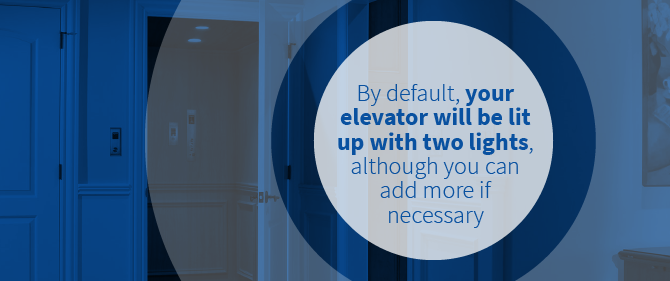
Enhance Your Home With an Elevator From Inclinator
Your home is your castle. Adding an elevator to it can help you make the most out of your living situation. Whether you want to remain at home for as long as possible or are looking for a functional and convenient upgrade that might also make your home more valuable, Inclinator can help. We have nearly 100 years of industry experience providing safe and reliable residential elevators. To learn more, find the Inclinator dealer nearest you today.
Find a Dealer Contact Us



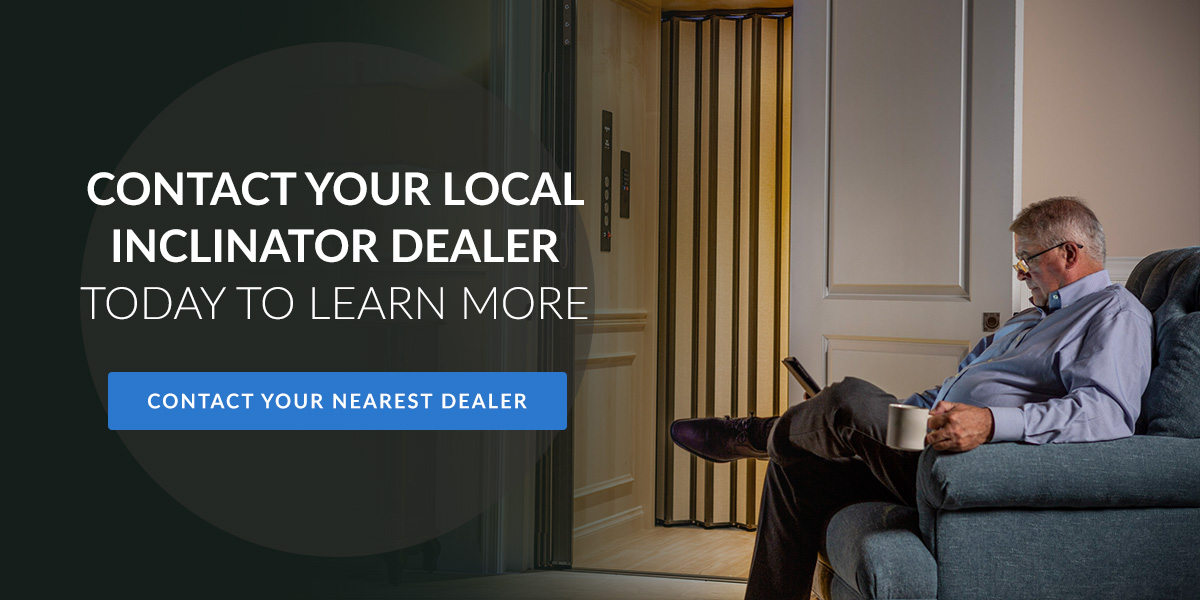

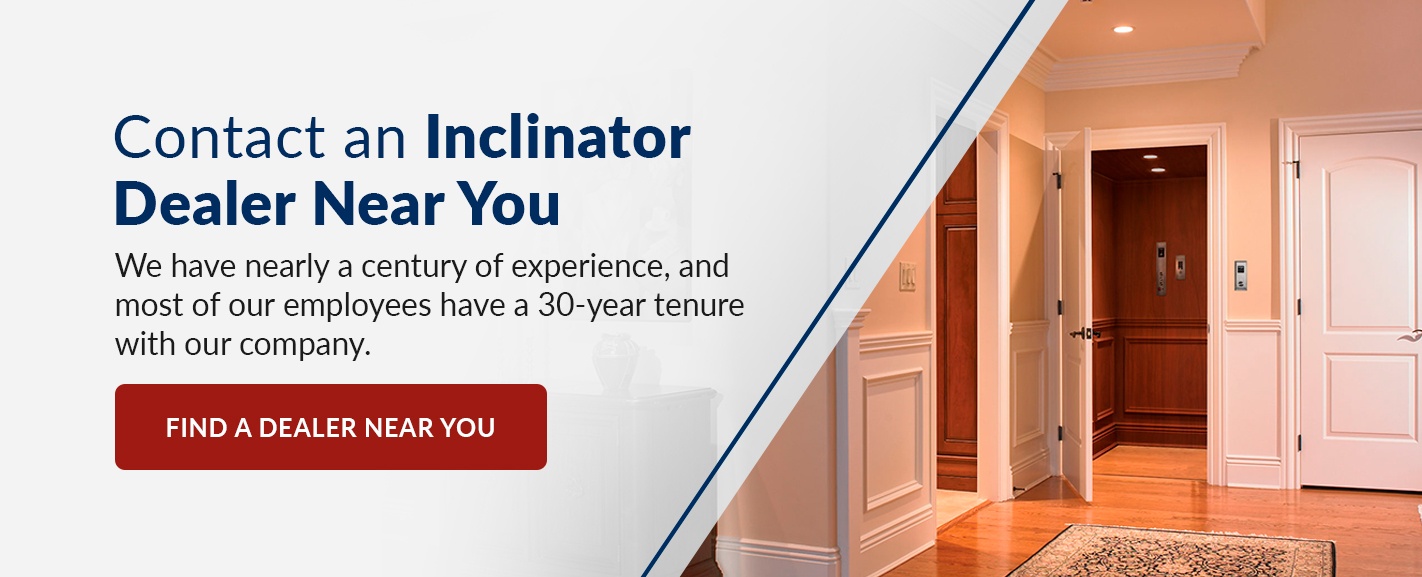












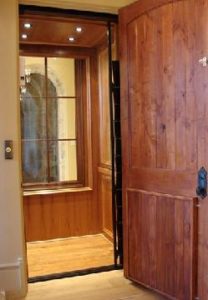
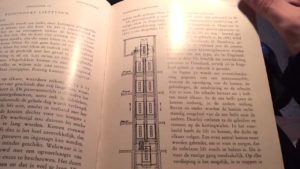
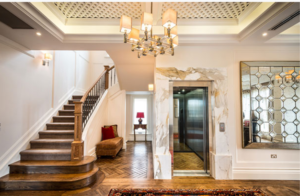

 Freedom and self-sufficiency are a crucial part of maintaining mental and emotional health in seniors, and aging in place allows them to hold onto their independence.
Freedom and self-sufficiency are a crucial part of maintaining mental and emotional health in seniors, and aging in place allows them to hold onto their independence.





